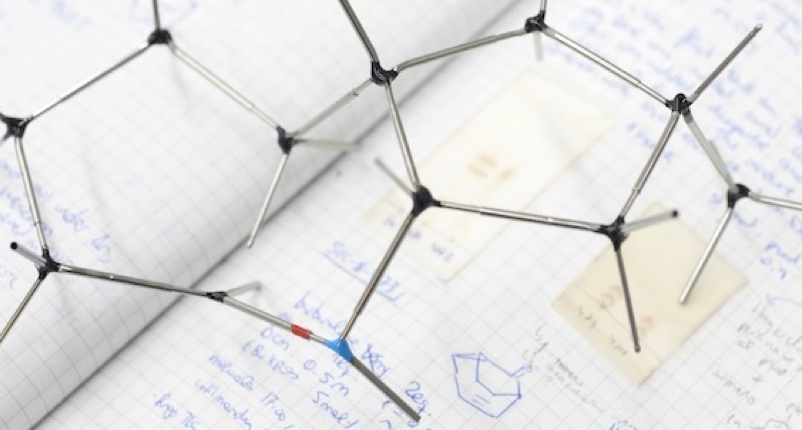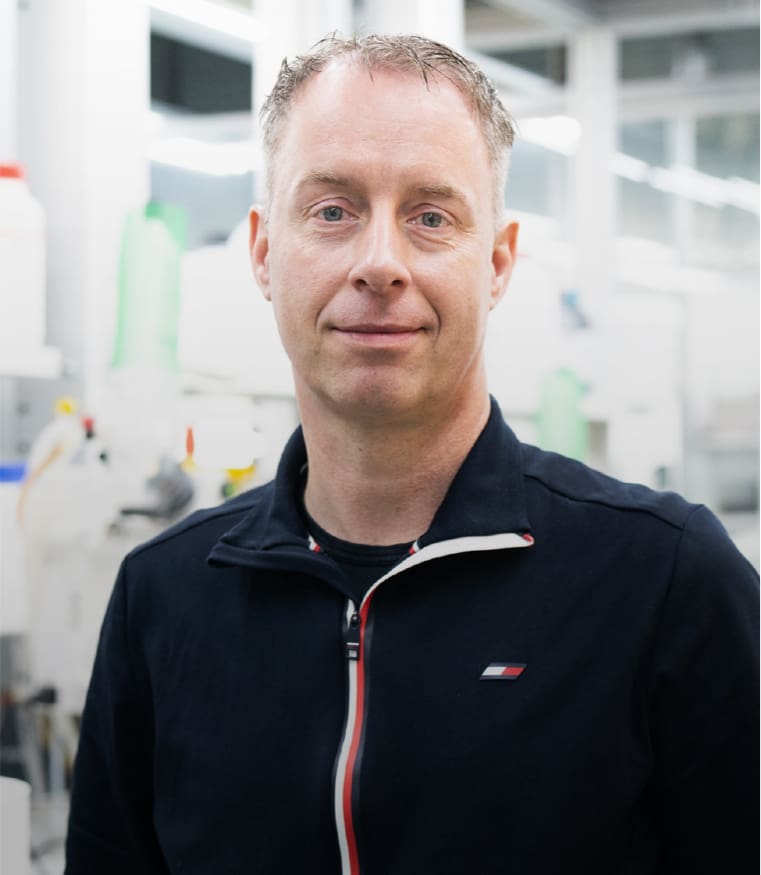Decoding Key Transient Inter-Catalyst Interactions in a Reductive Metallaphotoredox-Catalyzed Allylation Reaction
Metallaphotoredox chemistry has recently witnessed a surge in interest within the field of synthetic organic chemistry through the use of abundant first-row transition metals combined with suitable photocatalysts. The intricate details arising from the combination of two (or more) catalytic components during the reaction and especially the inter-catalyst interactions remain poorly understood. As a representative example of a catalytic process featuring such intricacies, we here present a meticulous study of the mechanism of a cobalt-organophotoredox catalyzed allylation of aldehydes. Importantly, the commonly proposed elementary steps in reductive metallaphotoredox chemistry are more complex than previously assumed. After initial reductive quenching, a transient charge-transfer complex forms that interacts with both the transition-metal catalyst and the catalytic base. Surprisingly, the former interaction leads to deactivation due to induced charge recombination, while the latter promotes deprotonation of the electron donor, which is the crucial step to initiate productive catalysis but is often neglected. Due to the low efficiency of this latter process, the overall catalytic reaction is photon-limited and the cobalt catalyst remains in a dual resting state, awaiting photoinduced reduction. These new insights are of general importance to the synthetic community, as metallaphotoredox chemistry has become a powerful tool used in the formation of elusive compounds through carbon–carbon bond formations. Understanding the underlying aspects that determine the efficiency of such reactions provides a conceptually stronger reactivity paradigm to empower future approaches to synthetic challenges that rely on dual metallaphotoredox catalysis.

Limburg, B.; Cristòfol, A.; Kleij, A. W.
J. Am. Chem. Soc. 2022
DOI:
10.1021/jacs.2c03692

Let's create a brighter future
Join our team to work with renowned researchers, tackle groundbreaking
projects and contribute to meaningful scientific advancements




















